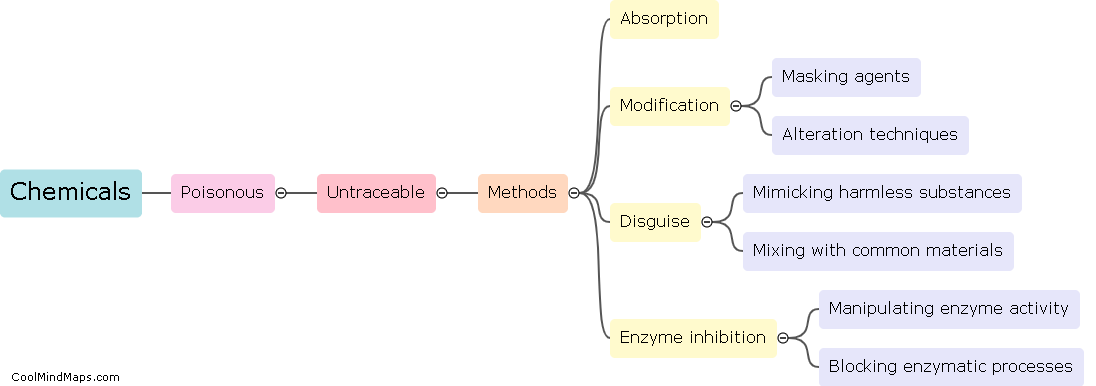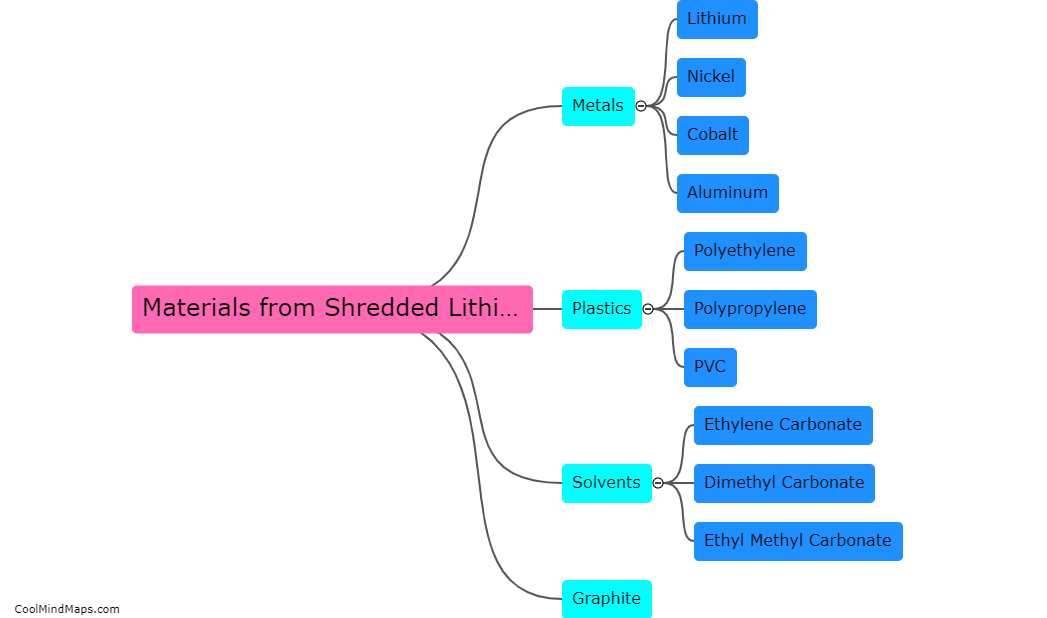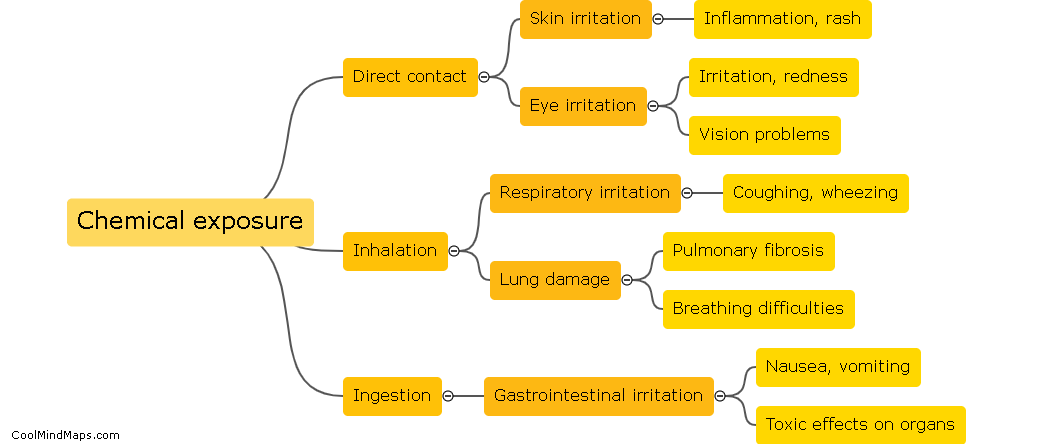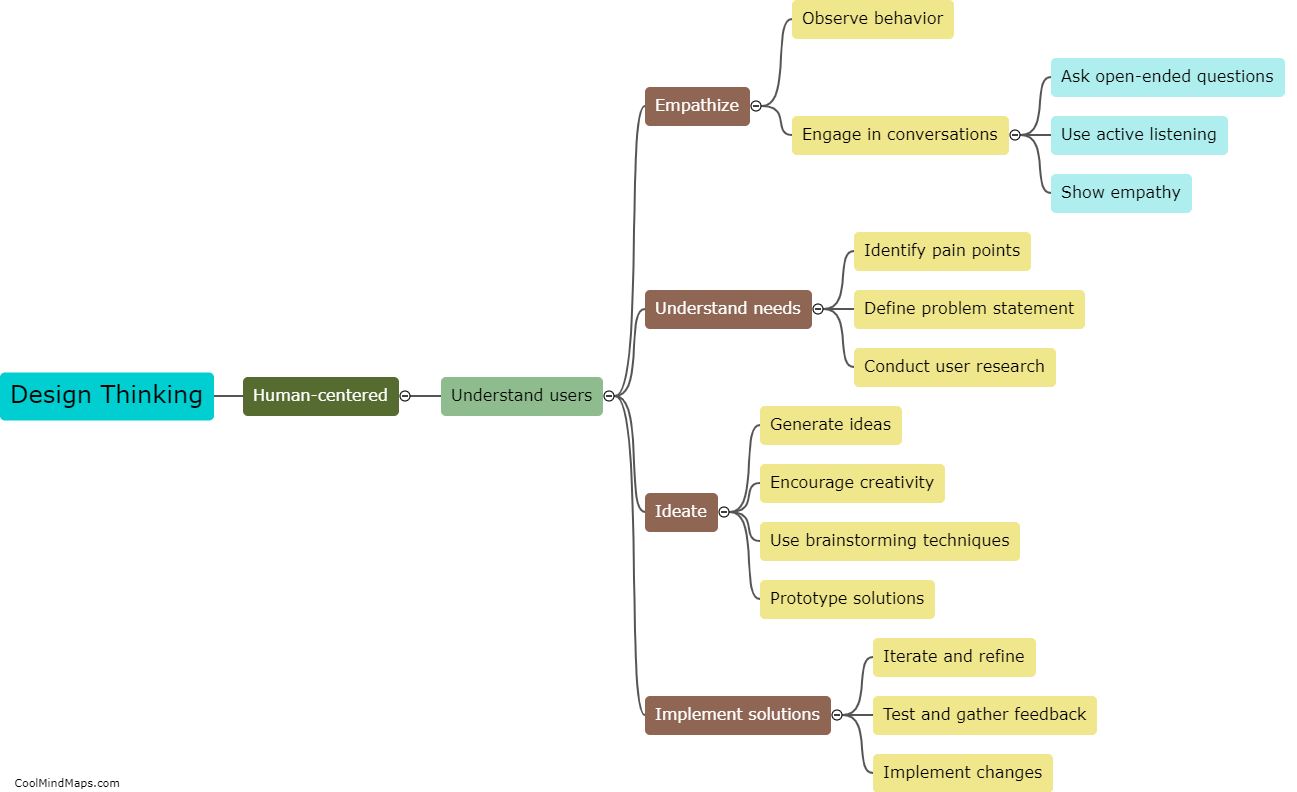How can the poisonous chemicals be untraceable?
The ability to make poisonous chemicals untraceable can be a concerning issue, especially when it comes to matters of public safety and security. However, there are several ways in which these chemicals can be masked or disguised to make their detection more challenging. One common method involves the use of non-traditional delivery systems, such as incorporating the chemicals into innocuous substances or concealing them within everyday objects. Additionally, manipulating the chemical composition or altering its physical properties can make it difficult for conventional detection techniques to identify the presence of toxic substances. The advancements in stealthy manufacturing techniques further exacerbate the problem, as it allows for the production of chemicals that are structurally similar to harmless compounds, making their identification arduous. Moreover, the development of new, synthetic or designer drugs adds another layer of complexity to the task of effectively tracing poisonous chemicals. To tackle this issue, continuous research and collaborative efforts between law enforcement agencies, chemical industry experts, and forensic scientists are required to develop better detection methods and improve safety protocols.

This mind map was published on 23 January 2024 and has been viewed 93 times.











